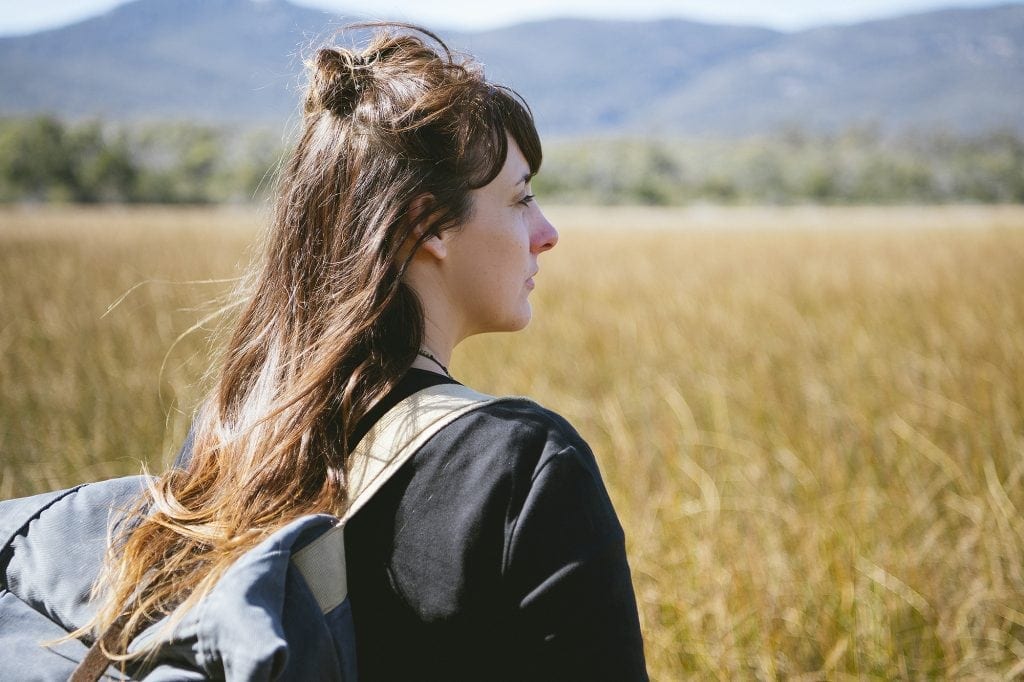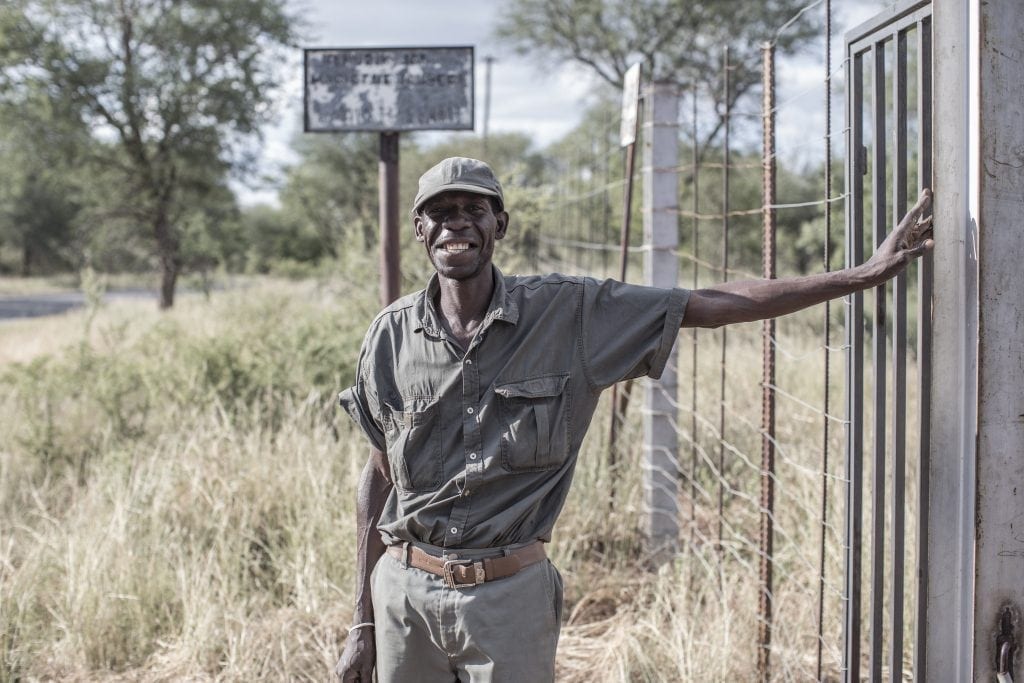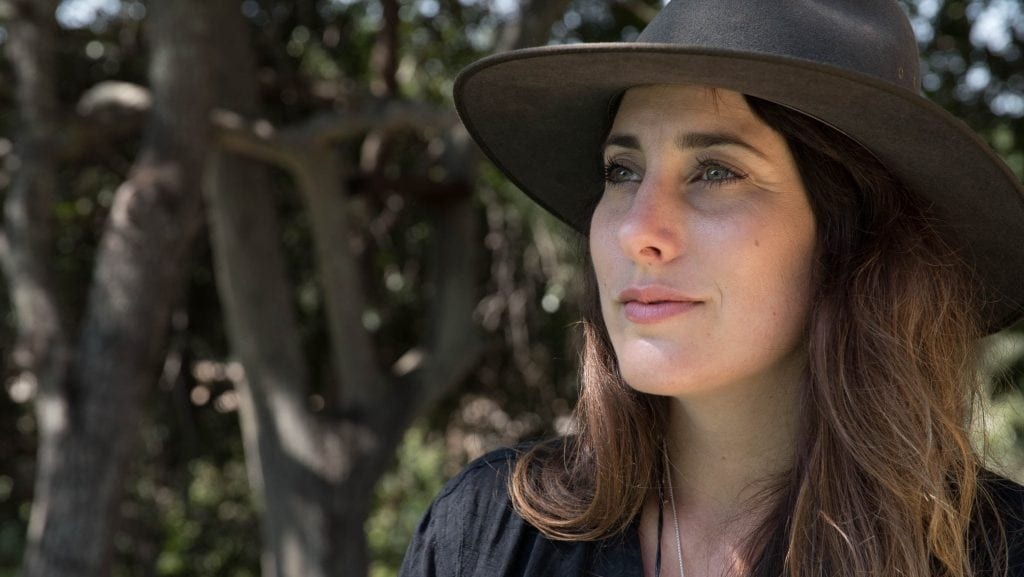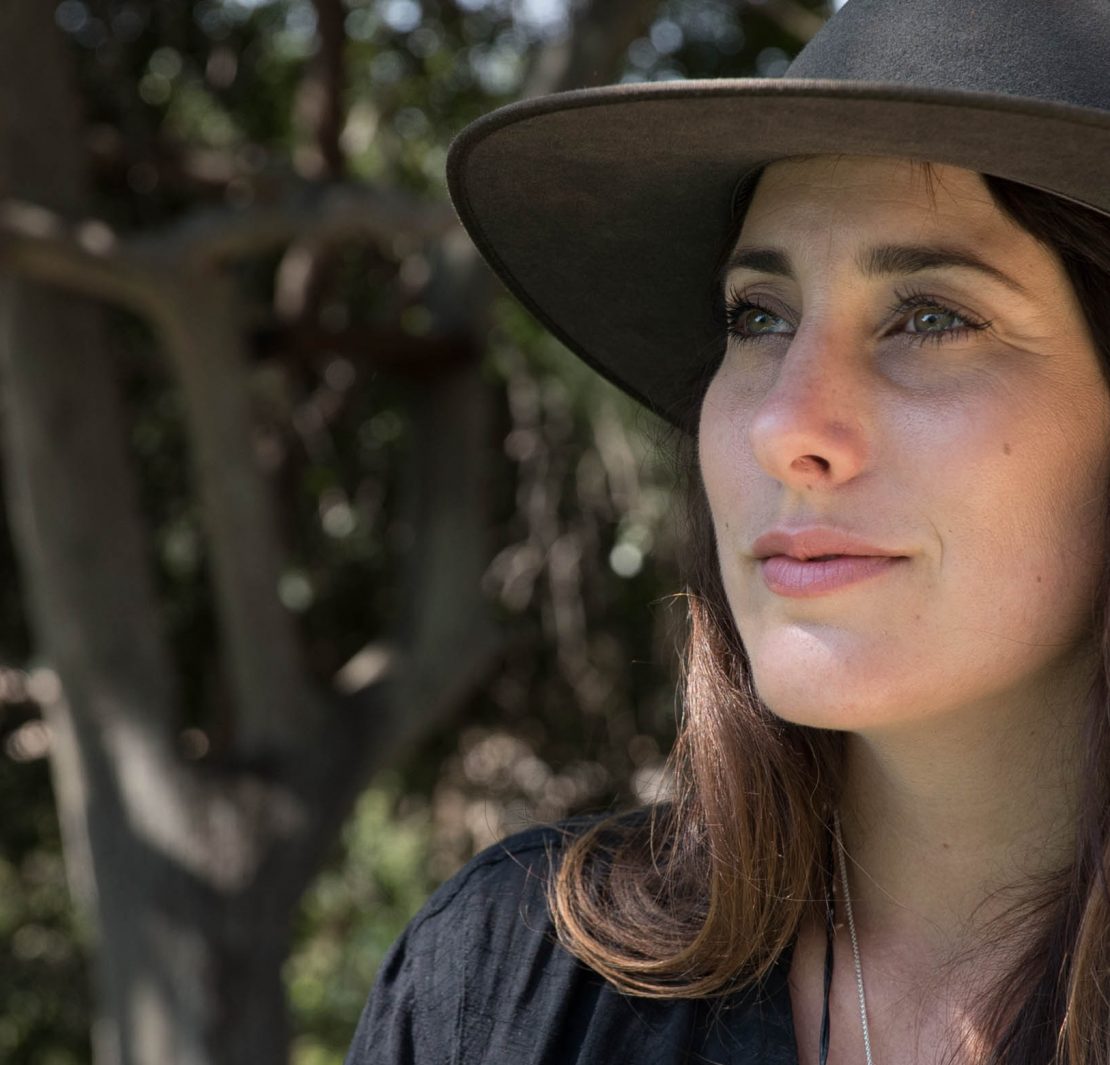If you’ve ever aspired to find a job in conservation, here’s some useful information on the industry, Jennifer McGowan’s career and how you can get involved.

Meet Jennifer: She is WildArk’s Scientist in Residence.
Wild Ark is a conservation organisation with a mission to protect as much of the world’s biodiversity as possible and to inspire people to reconnect with nature.
If you are considering a career in conservation: WildArk offers courses from 6 days to year long programs in the African wilderness that provide the opportunity to learn about ecology, natural ecosystems and wildlife. An experience such as this may help you gain a better understanding of your passion and provide you with the ability to truly immerse yourself in the wilderness and connect with nature.
FN:What opportunities are there in the conservation area for current students looking to jump into the field?
JM: Conservation is a highly interdisciplinary field. That is what makes it so exciting and challenging. So I work with economists, mathematicians, ecologists, and social scientists to solve conservation problems.
It’s important to recognise that conservation is not a traditional science with a structured degree, like ecology or biology, but rather a hybrid field, which draws knowledge from every discipline.
There are lots of opportunities to be involved in the broad field of conservation. For example, you can be a field ecologist (what many people envision when they think of a “conservationist”, like someone wearing a funny hat chasing frogs around a rainforest), or you can be a high-level policy expert, or work for an international or local Non-Governmental Organisation (NGO).
Conservation accommodates many different areas of expertise. You’ll learn to harness your own expertise (be it biology or law!) and work with people who have complimentary skills. Bottom line, whatever your background is, the most important thing is to be passionate about saving biodiversity, which is just as a much about helping people who depend on natural resources as it is about species.
FN: How do they get their foot in the door?
JM: Get inspired. Get involved. Turn up. Find your purpose and start making contacts with people in the field. Connections are key. Do your research and reach out to the people who do what you want to do. That may mean studying with someone at a University whose work you find interesting, or reaching out to the head of a local organisation you want to get involved with.
FN: What did you study, where, and would you recommend it?
JM: The short answer is: I have a Bachelor of Arts in Environmental Studies from The University of California, Santa Barbara (US). A Masters of Arts in Geography and Natural Resource Management from San Francisco State University (US) and am wrapping up my PhD in Conservation Science at The University of Queensland.
I would say, that getting my Masters in Geography was the most useful thing I could have done to get my foot in the door.
I say this for a few reasons: First, geography is also an interdisciplinary field and so I learned how to navigate being a jack-of-all-trades, so to speak. Second, it trained me in very useful skills like working with maps and using spatial data and software. Having technical and quantitative skills are essential and will give you an edge.
Third, I was too immature during my undergraduate years to take advantage of opportunities and be proactive about my career. It was during my Masters (five years later) that I contacted someone at the Centre for Biological Diversity and began volunteering once a week to support legal efforts to protect threatened species in the US. I used that reference to apply for my first paid-internship with the Smithsonian Environmental Research Centre. I used the money from that job to attend a scientific conference, where I met my current PhD supervisor who helped me get a scholarship to study in Australia. So you can see why my advice is “Get involved, turn up, and make connections.”

FN: What have been the focus areas of your research?
JM: I focus mostly on identifying priority areas for conservation in the ocean.
I use my geography background and the skills I have learned during my PhD to work with all different kinds of spatial data, such as species ranges, the distributions of human activities like fishing, aquaculture, shipping, recreation, and socio-economic data to design marine protected area networks. I also teach these skills to people in other countries who want to help their government strengthen marine protection.
FN: Your work sees you working collaboratively with governments, NGOs and universities to establish protected areas on the land and sea. What’s an example of a project you’ve done?
JM: Our most recent success was working with the Malaysian Government to design the country’s largest network of marine protected areas in the north of Borneo. It is 1 million hectares and is interesting because we designed zones for strict biodiversity protection but also secured areas for the 350 million people who directly depend on fishing for their livelihoods and sustenance by making community managed areas. In April 2017, I spent one month at-sea conducting coral reef surveys to establish baseline data for the newly established park. Going into the field is not typically part of my job as I am mostly-computer based, so I enjoyed dusting off my field gear and getting in the water again.

FN: What are you responsible for at WildArk?
JM: I am working with WildArk to develop the scientific strategy behind the WildArk 100— an ambitious global project built on the idea that if we can protect, manage or restore the ranges of 100 species, the rest of the world’s biodiversity will also benefit. Identifying just 100 species out all of the vertebrates in the world is no small feat, but it is my job to understand and integrate the characteristics of these species, the places they live and the objectives of the project to prioritise the WildArk 100 for conservation investments in the future. It’s the perfect challenge for a conservation decision scientist!
FN: What do you love most about your job?
JM: The range of challenges and problems to solve are constantly changing and that keeps me perpetually inspired. There is so much to do! Also, the people I work with to tackle these problems are amazing. One week I might be in a Government workshop in Papua New Guinea, and the next, I am doing fieldwork in Borneo.
Seeing real-world success, like the establishment of the marine park, helps me stay positive in an otherwise depressing field. It is a real privilege to spend my life doing something I believe in and being surrounded by positive brilliant people.
FN: How can students be a part of the process?
JM: I would encourage anyone with a passion for conservation to get involved. Whether this means volunteering with an organisation, taking on an interning opportunity, connecting with a person working in a particular field or undertaking a specific course, it is critical to shape your experience, define your passion and develop an understanding of nature.
WildArk offers courses from 6 days to year long programs in the African wilderness that provide the opportunity to learn about ecology, natural ecosystems and wildlife. An experience such as this may help you gain a better understanding of your passion and provide you with the ability to truly immerse yourself in the wilderness and connect with nature.
For more information visit: www.wildark.com Follow Jennifer’s adventures in conservation on instagram @juni_rue and twitter @j_a_mcgowan









